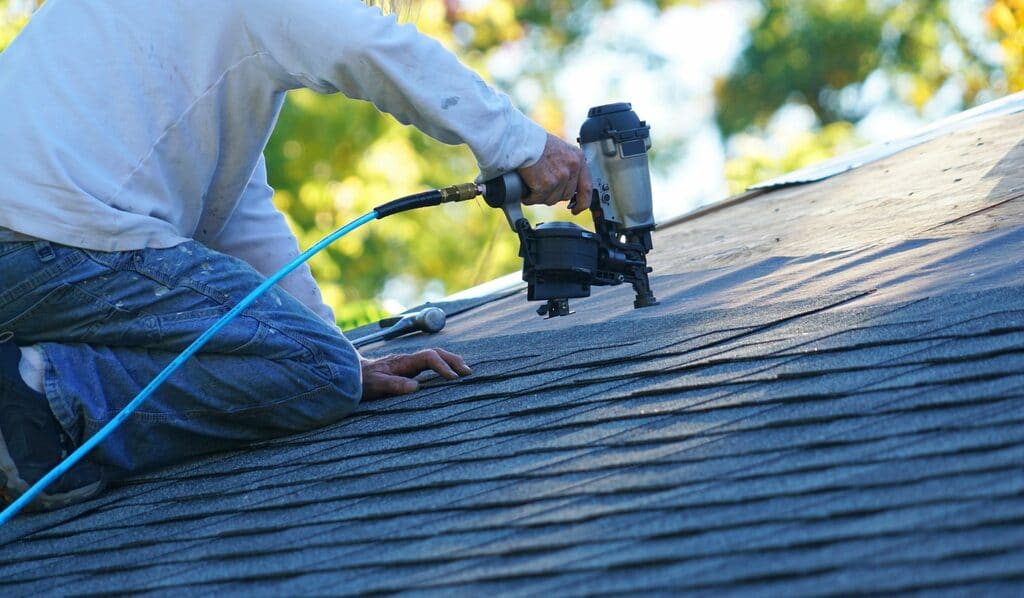New Roofing Products: What's Latest in the Market?

Within the ever-evolving world of construction, roof coverings is experiencing remarkable innovations and advancements. Property owners today are faced with a multitude of choices when it comes to roof materials, each offering unique benefits and enhanced performance. Armed with the appropriate knowledge, making decisions about installing or replacing a roof can be easier and more fulfilling. From classic asphalt shingles to state-of-the-art solar roofing, grasping the latest materials and techniques is vital for any homeowner wishing to invest in their property.
As you maneuver through the options available, it becomes imperative to understand how to identify when it’s time for a new roof, how long different materials last, and the common issues that may occur. This piece will guide you through the different aspects of roofing, including do-it-yourself repairs versus hiring professionals, thorough examinations of roofing materials, and tips for prolonging the life of your roof. Furthermore, we will delve into new eco-friendly choices that are transforming the industry, ensuring you have the information needed to make informed decisions about one of the most important components of your home.
Understanding When to Install a New Your Roof
Knowing the appropriate time to install a new your roof can save you against costly maintenance down the road. There are various signs that indicate it's the right time for a new roof. One of the most crucial signs is the lifespan of the roofing material. For example, shingles made from asphalt generally last approximately two decades, whereas metal roofing may last as long as 50 years. If your roof is approaching the end of its anticipated duration, it’s essential to evaluate its condition and think about replacement.
Another crucial factor to take into account is the presence of substantial damage or wear. Look for evidence such as broken, bending, or absent shingles, as well as visible leaks or stains on your ceilings. These issues not only compromise the roof's structural integrity but may additionally lead to water damage in your home. https://aaroofingpro.com can help identify these issues early on, but if they become widespread, it may be time to begin organizing a new roof.
Finally, consider the general appearance and functionality of your roof. If you notice an increase in energy bills or a notable drop in your home's comfort level, it may be due to poor insulation or airflow in the roof structure. Additionally, if your roof has widespread patches or repairs, it can be more practical to replace it completely rather than constantly fixing problems. Being vigilant about these signs will guarantee you maintain a safe and efficient home.
Critical Aspects in Roof Setup and Replacement

In terms of roof work, choosing the right roofing material is essential. Homeowners must evaluate elements like weather conditions, strength, aesthetics, and expense. Each material presents different advantages; for instance, ASPHALT ROOFING are budget-friendly and commonly utilized, while metal shingles is noted for its longevity and energy efficiency. Knowing the characteristics of each material can assist in making an informed decision that matches both the home and the locale.
A further important aspect is the way installation is conducted. A proper installation not only improves the roof's longevity but also provides maximum performance against various atmospheric conditions. Homeowners should make sure that their selected roofing contractor follows the best practices in the industry for installation, including correct layering, ventilation, and conformance to local codes. This can stop common problems, such as leakages and inadequate insulation, which might happen from improper installation.
In conclusion, routine care and assessment play a crucial role in lengthening a roof's lifespan. Homeowners should stay vigilant for signs of wear and tear and resolve any issues promptly. Elements like routine cleaning, maintaining gutters, and timely repairs can significantly improve the overall health of the roof and reduce the need for early replacement. Establishing a preventive maintenance schedule is key to safeguarding against costly repairs in the time ahead.
Exploring Cutting-edge Roofing Components and Trends
The rooftop sector is experiencing a significant transformation with the emergence of innovative materials aimed at boosting resilience, performance, and sustainability. One of the most striking trends is the growth of green roofing alternatives. Green roofs, for instance, feature vegetation, delivering insulation and minimizing energy consumption. Additionally, products such as repurposed shingles and solar tiles are growing in trendiness, allowing homeowners to utilize environmentally sustainable practices while boosting the visual beauty of their homes.
Another thrilling advance is the progress in roofing techniques, particularly in power efficiency. Metal roofs, known for its longevity, is now being crafted with heat-reducing coatings that help lower heat absorption, leading to reduced cooling costs during hot months. Furthermore, new artificial materials mimic the appearance of classic roofing styles like wood shake or slate but provide better strength and reduced maintenance. This development appeals to homeowners seeking the classic aesthetic without the drawbacks of conventional substances.
Lastly, the flexibility of rooftop styles is becoming more pronounced, allowing for greater personalization based on local conditions and individual taste. Improvements include modular rooftop systems that make setup easier and more efficient, as well as rooftop solutions designed for strength against extreme weather events. Homeowners can now pick from a wider range of substances and styles that not only fit their aesthetic preferences but also meet practical requirements for climatic protection and longevity, redefining the future of residential and commercial roofing.
